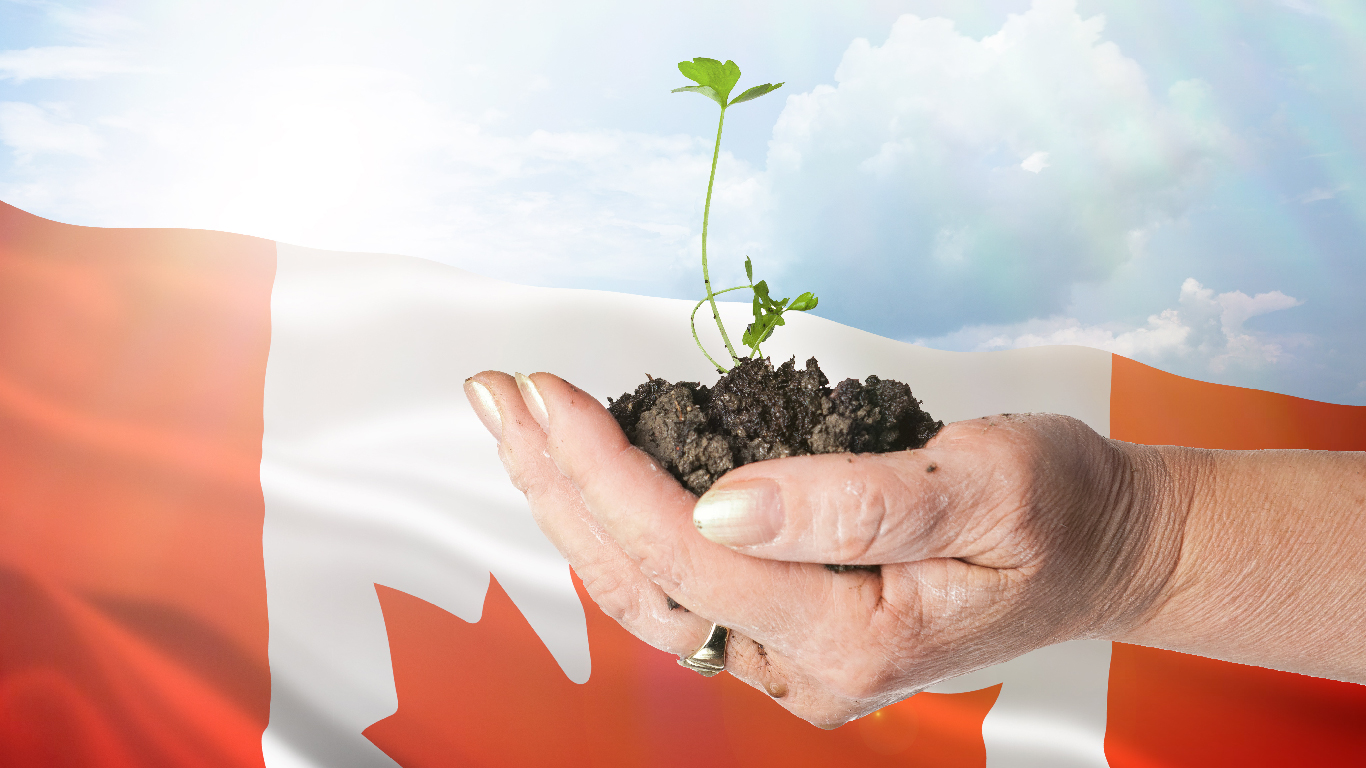
In Canada, every province and territory brings something special to the table when it comes to food.
Here is a salute to the farmers, fishers and gatherers who work hard from sunrise to sunset to put delicious and healthy food on our tables.
Fish and root vegetables from Newfoundland and Labrador
The fishing industry plays a vital role in Newfoundland and Labrador’s economy, accounting for 16.8% of all jobs and almost one-third (30.0%) of total economic activity in 2018.
Farmers in Newfoundland and Labrador were more likely to grow carrots, rutabagas and turnips, and cabbages than any other vegetable in 2021, dedicating the most acres of land to these root vegetables.
Prince Edward Island potatoes
Prince Edward Island is famous for its potatoes and grows more than any other province in Canada. It is home to over 100 varieties of potatoes that are shipped all around the world.
In 2021, more than half (54.5%) of total farm revenues in Prince Edward Island ($682.2 million) came from farms classified as potato farms.
Apples and blueberries from Nova Scotia
Farms in Nova Scotia reported the third-largest lowbush blueberry area in Canada in 2021, with 35,814 acres. Nova Scotia accounted for over one-fifth (22.0%) of Canada’s reported lowbush blueberry acreage.
Nova Scotia reported 4,924 acres of apples, the fourth-largest apple acreage in the country.
Maple syrup and shellfish from New Brunswick
Farms in New Brunswick reported the second-most maple taps in the country in 2021, with 3.5 million taps from 188 farms. On average, farms in the province that reported maple taps had 18,744 taps per farm. This is the highest rate in the country and higher than the national average of 4,735 taps per farm.
Aquaculture farms in New Brunswick produced 29 859 tonnes in 2021, the second-highest total nationally, following British Columbia, bringing in $259,794 million in total sales.
Dairy and cranberries from Quebec
Quebec leads Canada in several agricultural commodities, accounting for 89.1% of Canada’s maple taps, over half (58.4%) of the cranberry farms and over one-third (36.4%) of all dairy cows.
Ontario leads in soybeans and corn for grain
Ontario leads the nation in area of soybeans and corn for grain. In 2021, over half (54.4%) of Canada’s soybean acreage was planted in Ontario.
Corn for grain in Ontario accounted for three-fifths (59.9%) of Canada’s total corn for grain area.
Ontario also claimed the top spot for the most sheep and goat (36.6%), greenhouse, nursery and floriculture (31.8%) and vegetable and melon (30.8%) farms.
Manitoba has more sunflowers and pigs per farm than any other province
Farms in Manitoba reported the largest amount of sunflower seed acreage in 2021, accounting for 90.7% of Canada’s total.
Manitoba farms reported an average of 6,104 pigs per farm reporting pigs, up from 5,087 pigs in 2016 and more than any other province and territory. Almost one-quarter (24.0%) of all pigs in Canada in 2021 were on Manitoba farms.
Saskatchewan keeps its title of breadbasket of Canada
Farmers in Saskatchewan reported the largest canola area in Canada with 12.0 million acres in 2021, accounting for over half (53.8%) of Canada’s canola area.
Saskatchewan also accounted for most of Canada’s lentil area (89.3%) and approximately four-fifths of Canada’s total durum wheat (81.4%) and flaxseed (78.5%) acreage.
Alberta leads in beef cows and honey
Farms in Alberta reported more beef cows than any other province in 2021, accounting for 44.1% of Canada’s total beef cows.
Alberta bees produced a nation-leading 30.4 million pounds of honey in 2022.
British Columbia has the most sweet cherries in Canada
British Columbia farms reported 7,046 acres of sweet cherries in 2021, accounting for 94.7% of Canada’s total.
Farms in British Columbia reported a 50.8% increase in mushroom area in 2021, surpassing Ontario to claim the largest mushroom area in Canada.
British Columbia accounted for 88.6% of Canada’s total highbush blueberry area.
Harvesting food in the land of the midnight sun
The growing season is short in Canada’s Far North, but the days are long in the summer, allowing for a limited amount of agricultural production in Yukon and the Northwest Territories.
In 2020, over half (57.7%) of reported farm operating revenues in Yukon and the Northwest Territories came from poultry and egg farms.
Harvesting activities such as hunting, fishing, trapping and gathering wild plants have been part of the First Nations, Métis and Inuit ways of life for millennia. Although there are no farms per se reported in Nunavut, just under two-thirds (65%) of Inuit in Inuit Nunangat participated in hunting, fishing or trapping in 2017.
StatsCAN app
Did you know you can read StatsCAN Plus articles and more on the StatsCAN app? If you’re already using the app, let us know what you think by leaving a review in the Apple App Store and Google Play.
Contact information
For more information, contact the Statistical Information Service (toll-free 1-800-263-1136; 514-283-8300; infostats@statcan.gc.ca) or Media Relations (statcan.mediahotline-ligneinfomedias.statcan@statcan.gc.ca).
